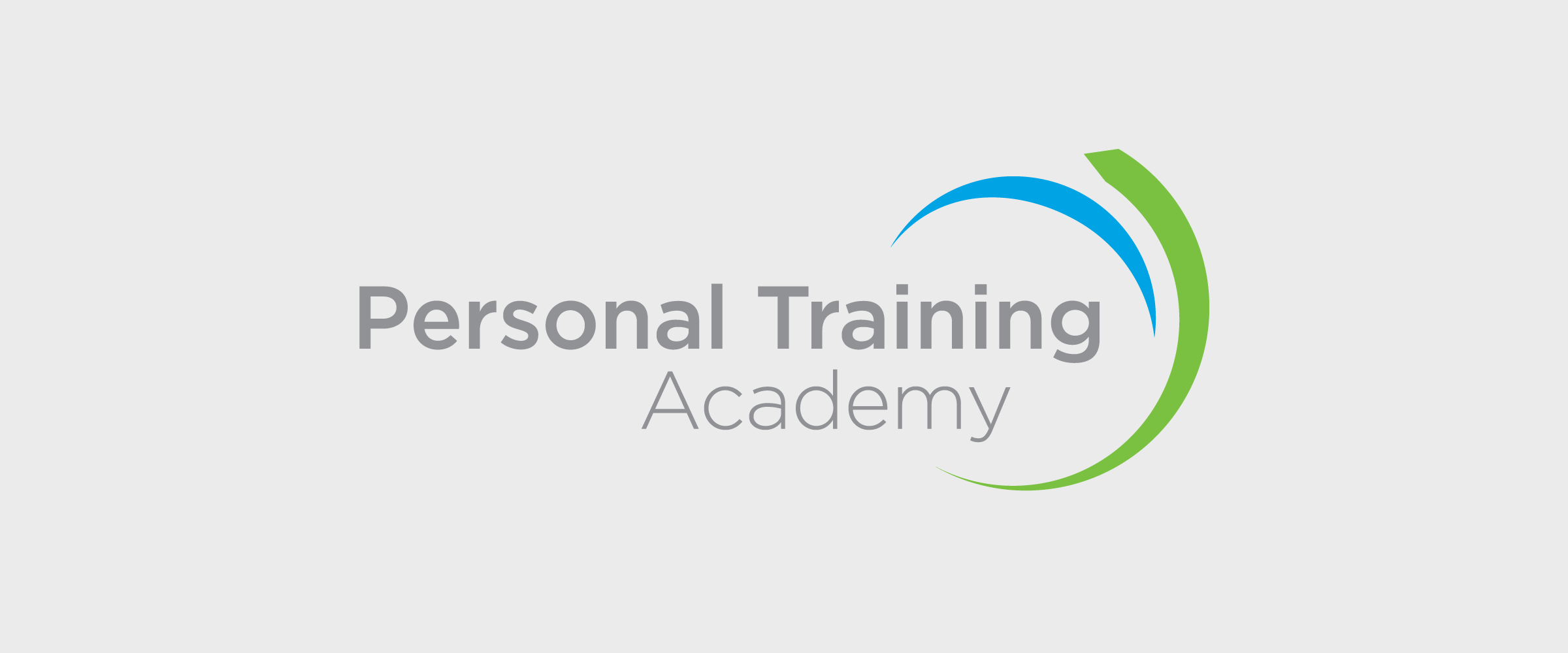Your brain affects your intensity. That’s right, how much effort you are able to put into a high intensity bout is all in your head. As Julius Sumner used to say, “why is it so?”
Basically, pain / discomfort is a protective mechanism of the nervous system in response to the sensory input it is receiving. It receives this input from a number of different receptors in your body. These receptors are located in the tissue in your body, especially the connective tissue of the myofascial network.
Thomas Myers has termed the relationship of the nervous system and the myofascial network as the ‘Neuromyofascial Web’ (Chaitow, Leon, ed. Fascial Dysfunction: Manual Therapy Approaches. Handspring, 2014.) The neuromyofascial web’s reach is all-encompassing; it affects and is affected by every part of our body. This integrated web is constantly receiving information on the body via various receptors. Some of them you may have heard of, such as golgi tendon organs (or GTO’s) and some of them you may not have, for example, ruffini mechanoreceptors. Each of these receptors is sensitive to pick up different stimulus. Pressure, stretch and temperature are a few examples of sensory data they receive. Once this information is received it is transferred to our brains for interpretation. This interpretation is very heavily guided by one word: THREAT!
Your brain’s interpretation of the level of threat is based on past experience. These experiences may include physical and emotional input and output. The big take away here for the fitness industry? Everybody’s experience of any given situation, whether it is physical or emotional, will be different. The safer someone feels both physically and emotionally, the less likely it is they will feel pain or harmful discomfort.
In his book ‘A Guide to Better Movement’, Todd Hargrove beautifully describes threat and how it affects three common factors associated with ‘fitness’: strength, flexibility and endurance.
Threat and Strength:
It makes sense that our bodies will produce enough strength to perform a task, however, it will not let us produce such powerful contractions that we would rip our tissue apart. To do the latter would mean game over. A guide to better movement quotes Vladimir Zatsiorsky who estimates the average person can voluntarily utilise about 65% of available muscle power, while a trained power lifter might reach as much as 80%. (That fact in itself is a great reason to start new clients with less weight than experienced people!) Hargrove summarises by stating: “It is not implied that strength is all in your head. But it does suggest that reducing the threat associated with forceful movements through safe and pain free repetition, and eliminating pain associated with movement, are key ingredients in a strength-training program”.
Threat and Flexibility:
For any required movement, excess flexibility creates a threat of injury. Therefore, the nervous system will involuntarily limit flexibility to ensure safety. In other words, ‘stiffness’ is likely to be a protective mechanism. One of the most powerful sentences from ‘A Guide to Better Movement’ is; “The idea that flexibility is limited by the nervous system is supported by research showing increases in flexibility from stretching are likely caused by increased stretch tolerance, rather than increased length of muscles”. In other words, stretching into a pain free range of motion tells your brain that it is safe to go to that position, it does not change the length of the muscle fibre. To quote again; “Anything that will reduce perceived threat in regard to range of motion should increase tolerance to stretch”.
Threat and Endurance:
Typical endurance training is related to cardiovascular / cardio-respiratory training. In terms of how it affects the body, I love the term we use at PTA Global; Energy System Development. In relation to endurance training, Tom Hargrove quotes Tim Noakes by stating; “Fatigue is not a physical state of the body, but rather an emotion that is used by the brain to regulate exercise STRESS. Thus, like pain, fatigue is an output of the brain designed to protect the body”. When the input from the sensory receptors tells the brain that the threat of the workload is too high, the brain produces a fatigue response that will make continued work undesirable (think about a true lactate session where you have felt dizzy and perhaps thrown up), and eventually, impossible. There is research to show that fatigue during exercise is affected by a massive variety of factors that are unrelated to physical capacity, including:
Emotional state
Mental fatigue
Motivation
Self-belief
Prior knowledge of the duration of exercise
Brain and body tissue oxygenation
Muscle glycogen storage
Fluid loss
Thirst
Heat
And more!
No, pain is not in your head. It is where an issue is interpreted and a response is developed. That response is largely guided by past experience and safety. The overarching principle of the above information is that training your clients in a physically and emotionally safe, pain free range of motion will help them get better. In other words, ‘No Pain – No Gain’ is NOT a good experience for you or your client, or for the ability to move without fear – and the ability to move freely without fear will significantly affect one’s ability to reach health and fitness goals!
– Chaddy
About the Author: Chaddy has been a PT for over 10 years. He is an International Fitness Presenter, TRX Senior Master Instructor, PTA Global Faculty member, Trigger Point Performance Master Instructor and Kettle Bell Instructor. His passion for movement and coaching continue to drive his learning and inspire others to learn more about the human being not just the human body.
